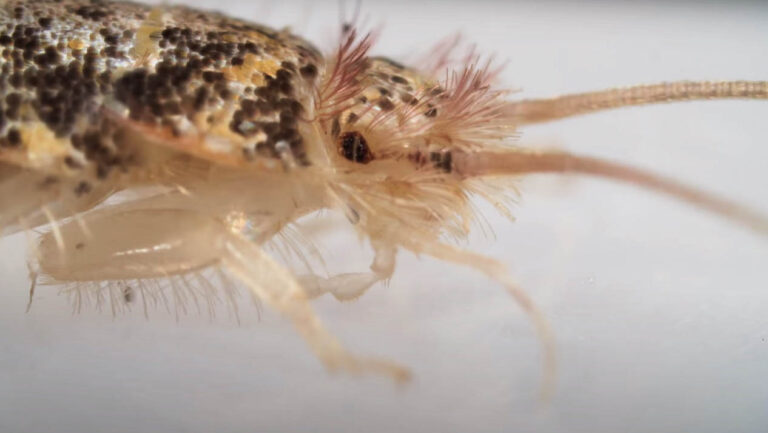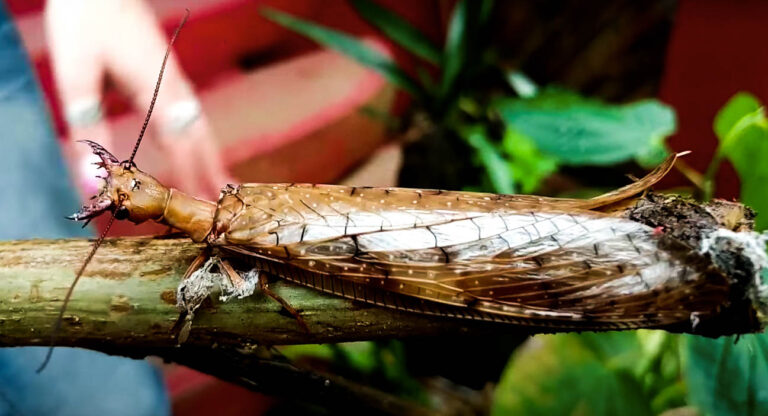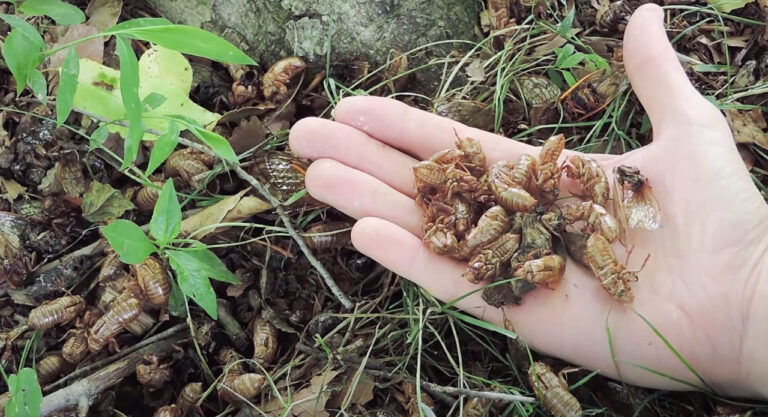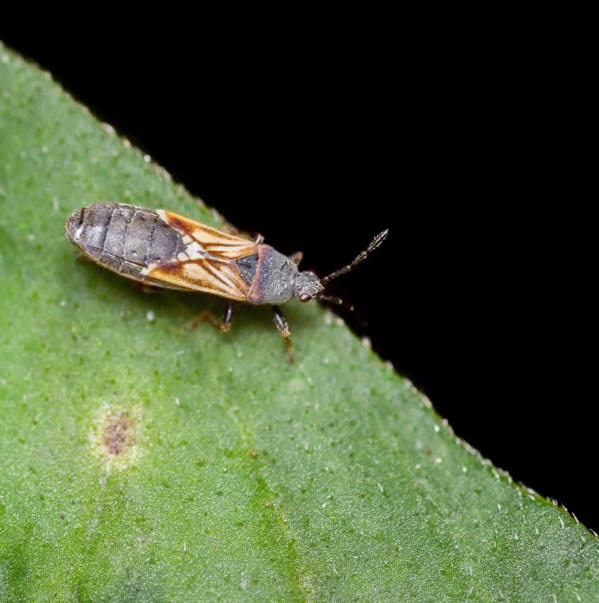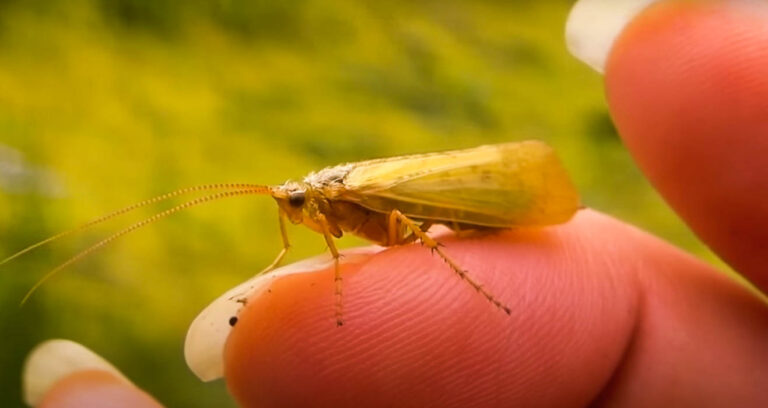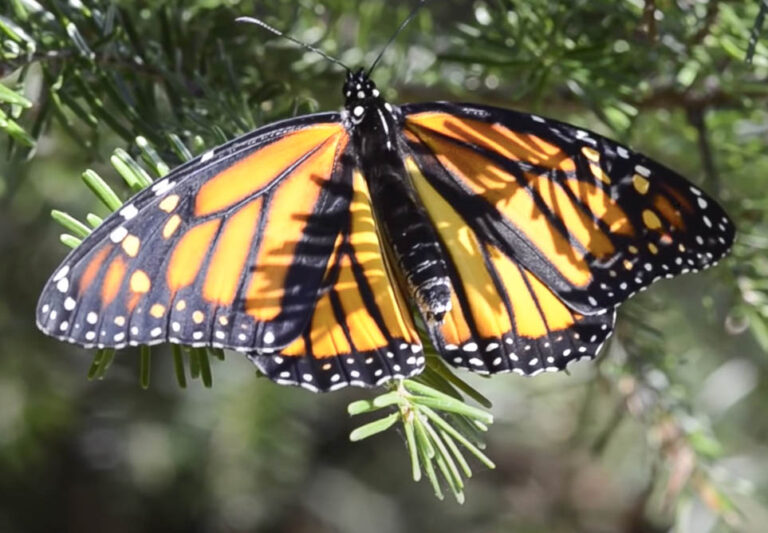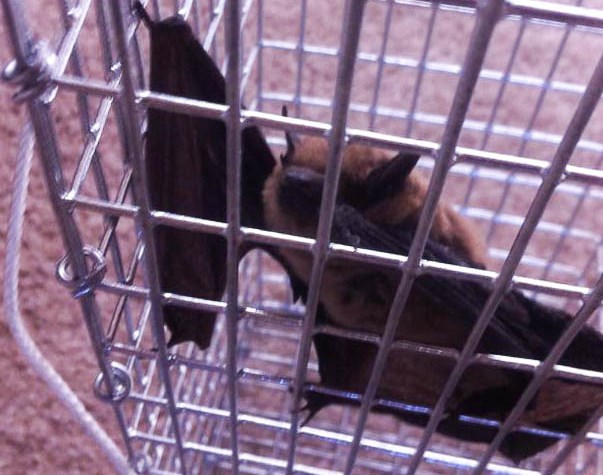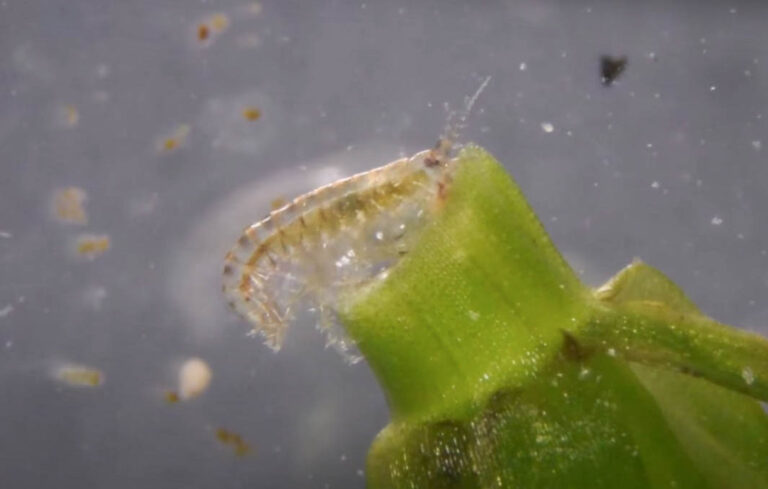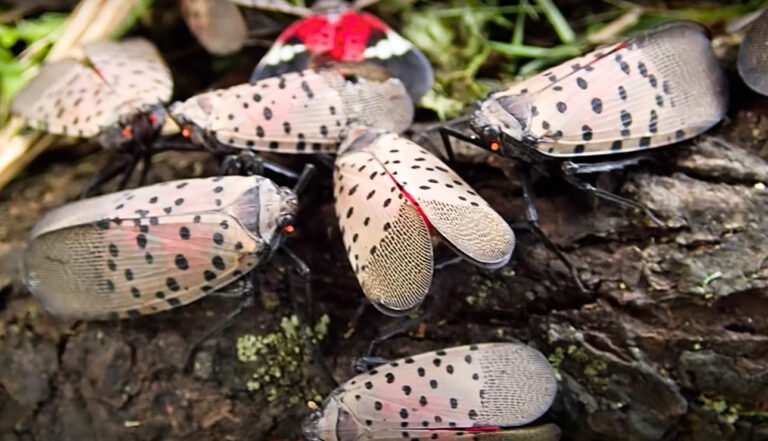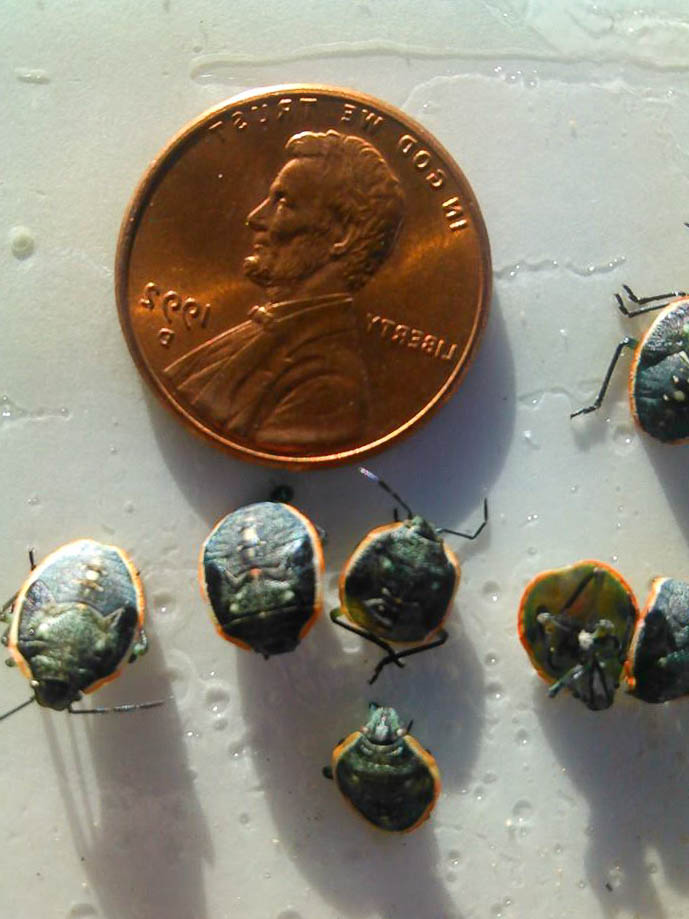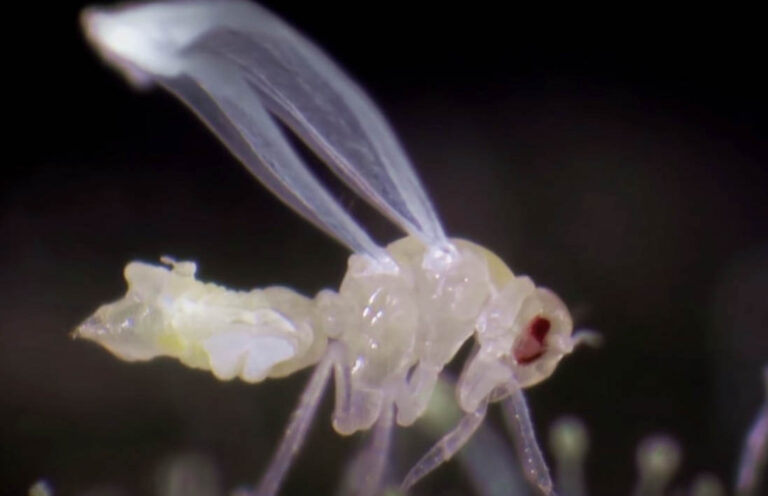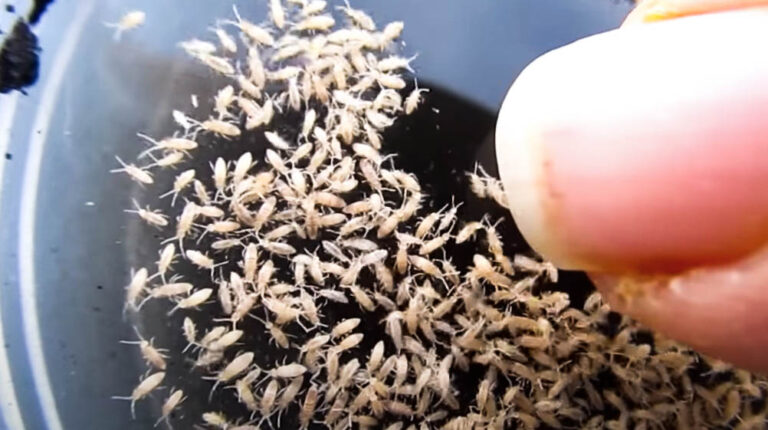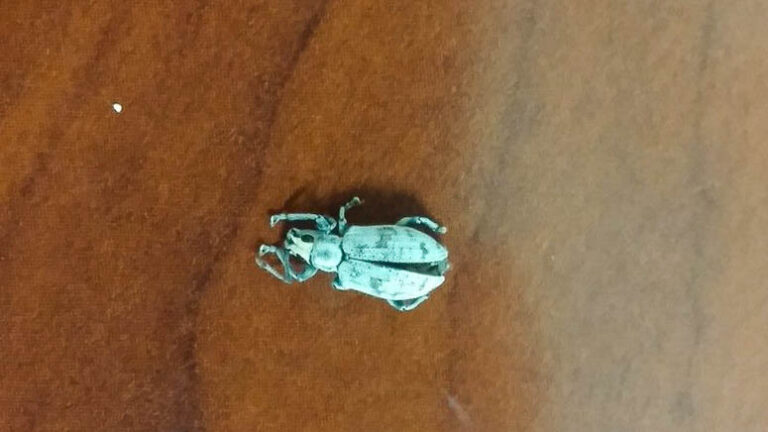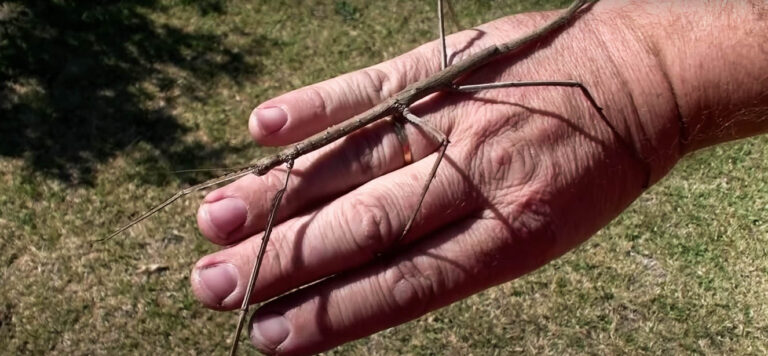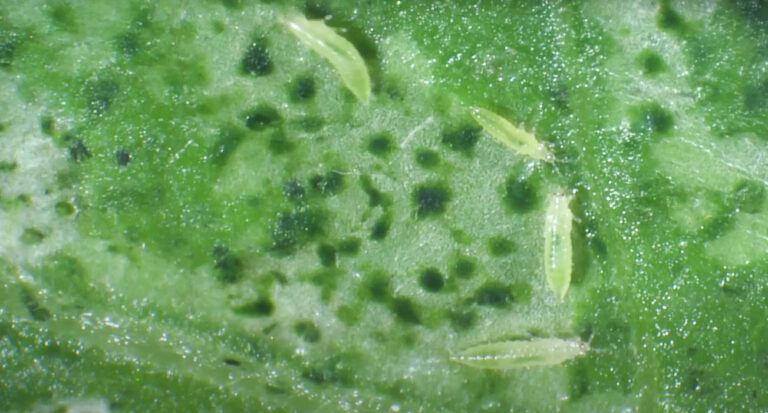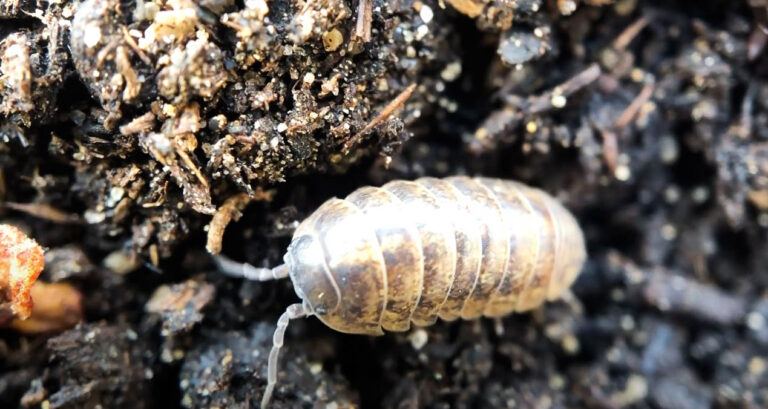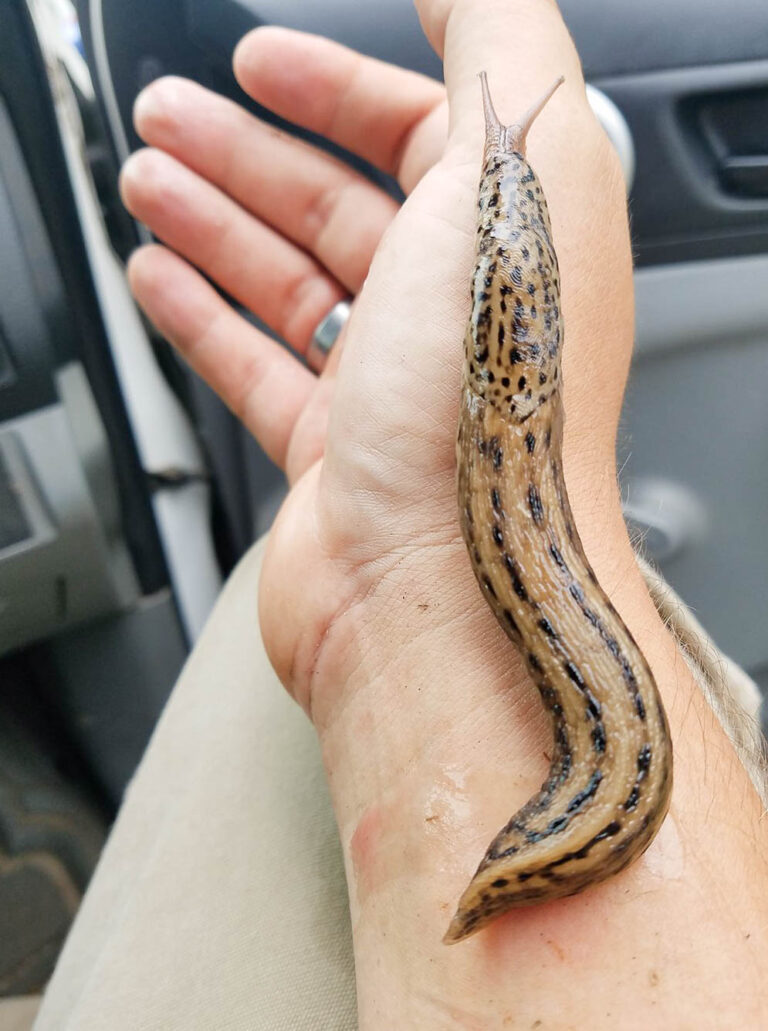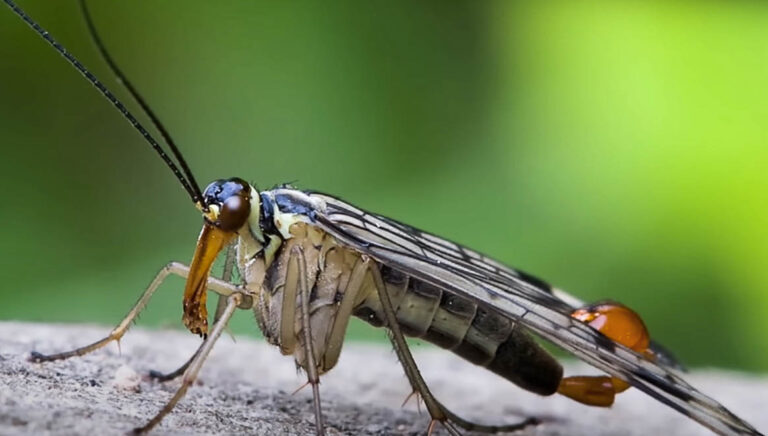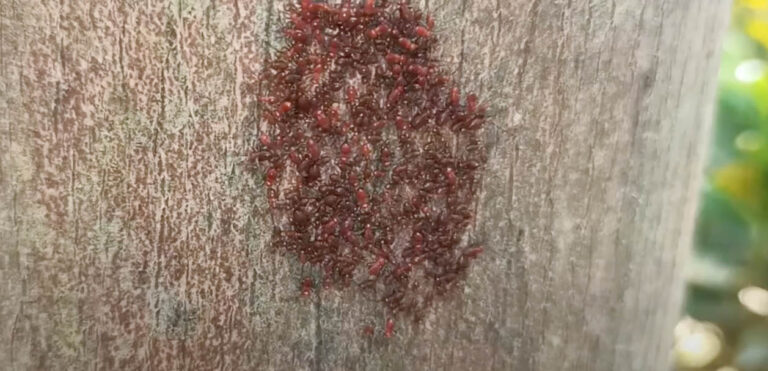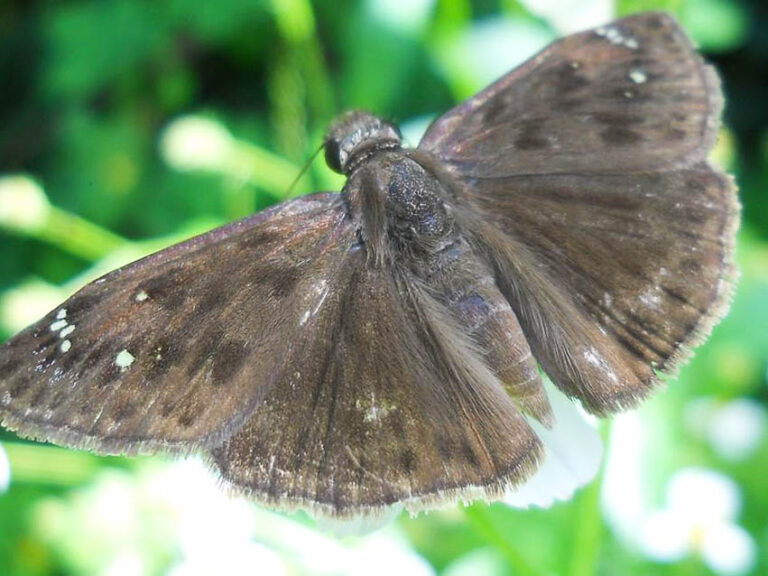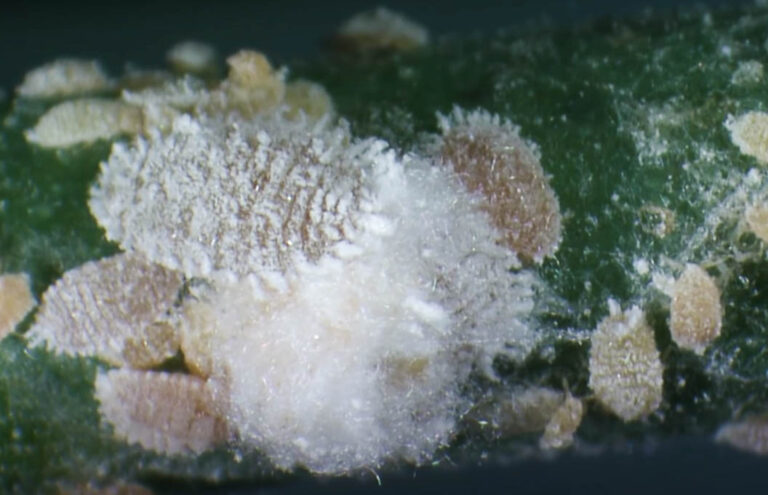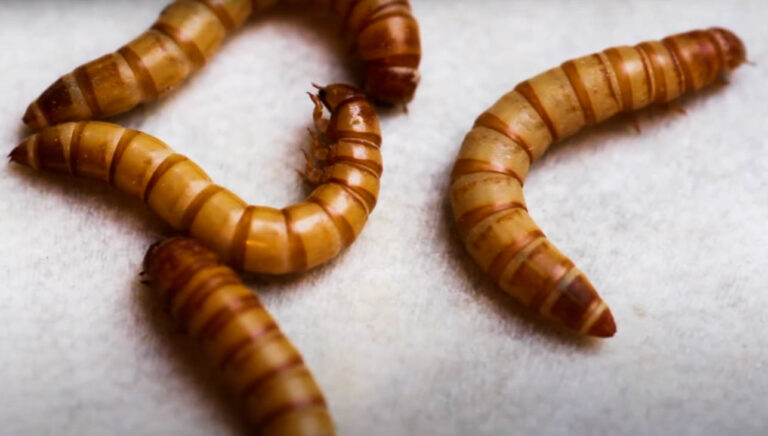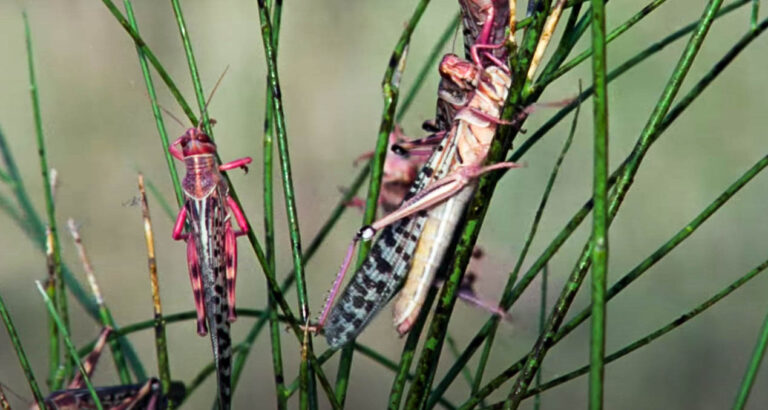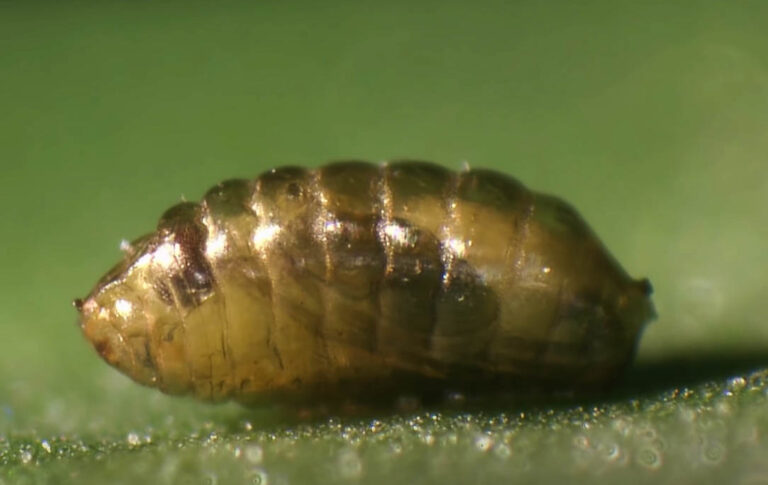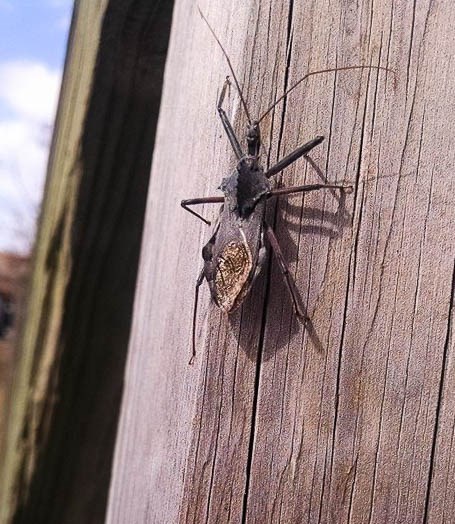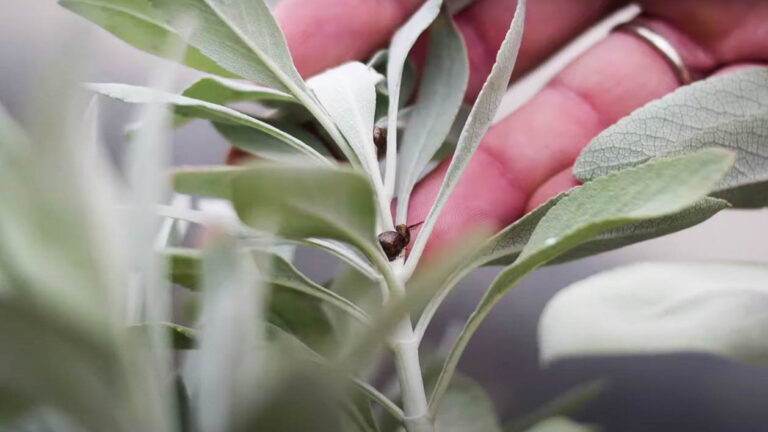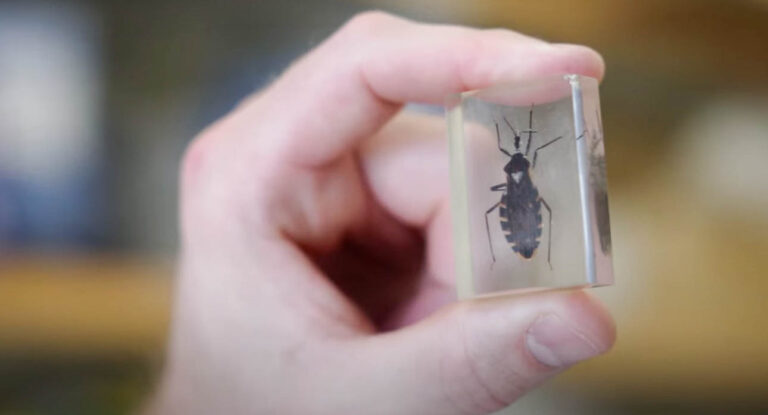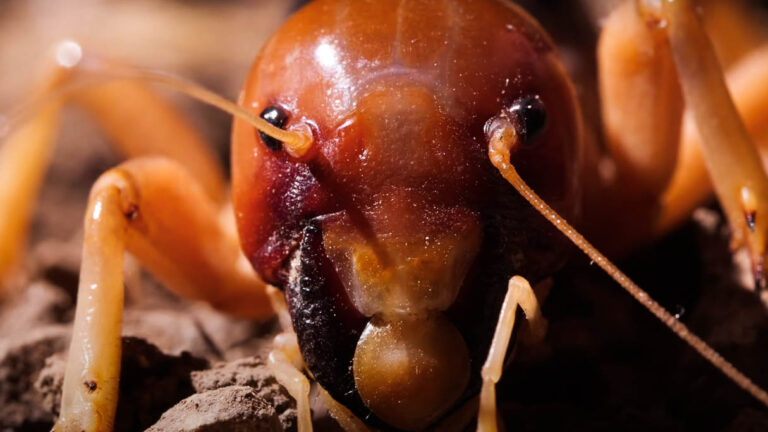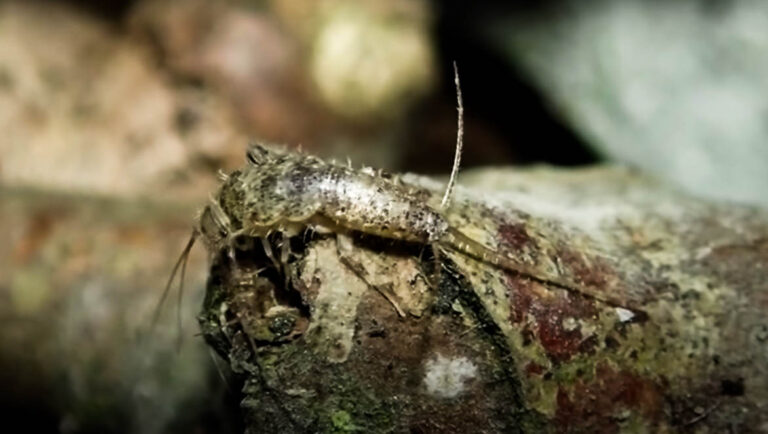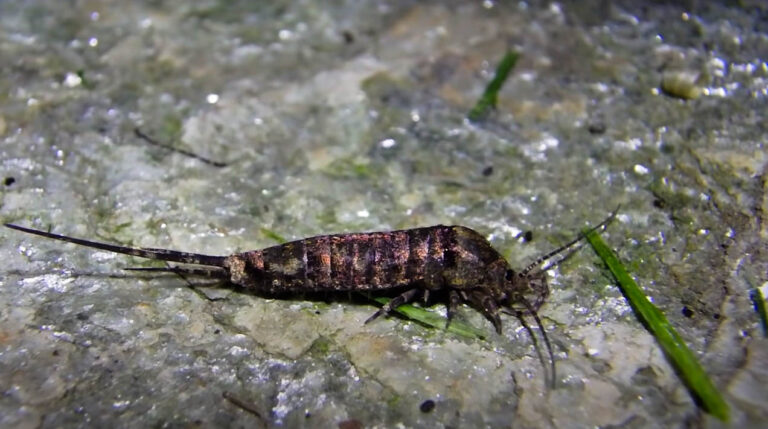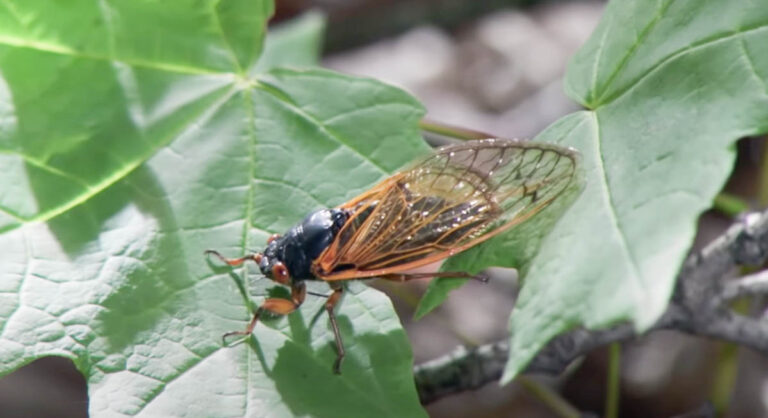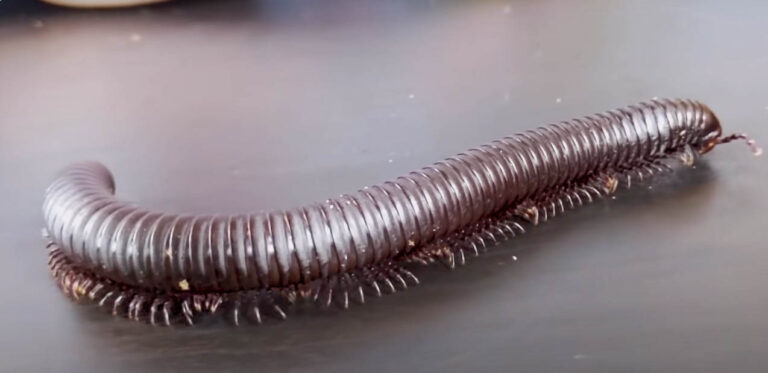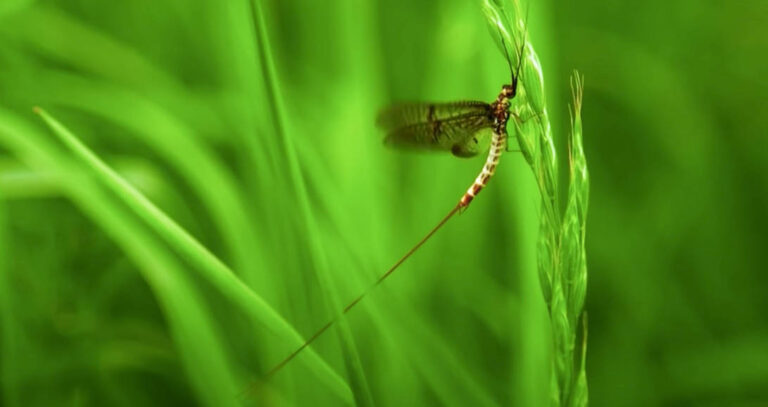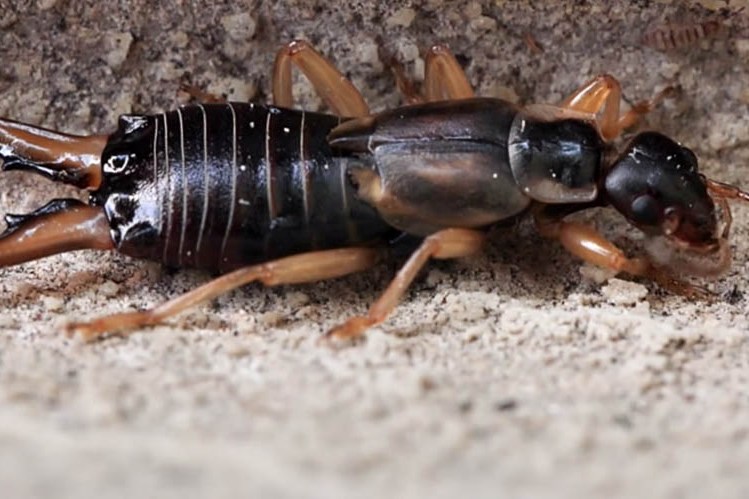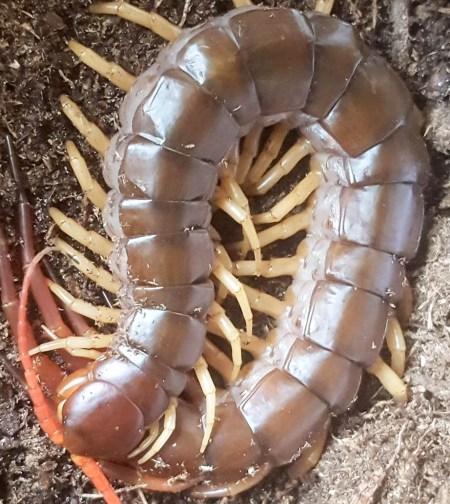About Lace Bugs
About Lace Bugs
The lace bug is a highly destructive insect that is known to cause damage to a wide variety of plants, both ornamental and crops. These tiny insects can be a real problem pest for homeowners and farmers alike. Continue reading to find out more about the lace bug and how they can be controlled if they come onto your property.
Appearance
The lace bug is a very small insect, ranging in length from about an eighth of an inch to a third of an inch. This makes them hard to see unless you are really looking. The lace bug’s body is covered in a fancy-looking, somewhat-transparent surface that makes it appear similar to lace. This is obviously where the lace bug receives its name from. The body color is generally a dark color, such as black or brown. There are two small antennae that come out the front of the insect’s face. It is hard to notice the lace bug’s legs, as they are very close to their body.
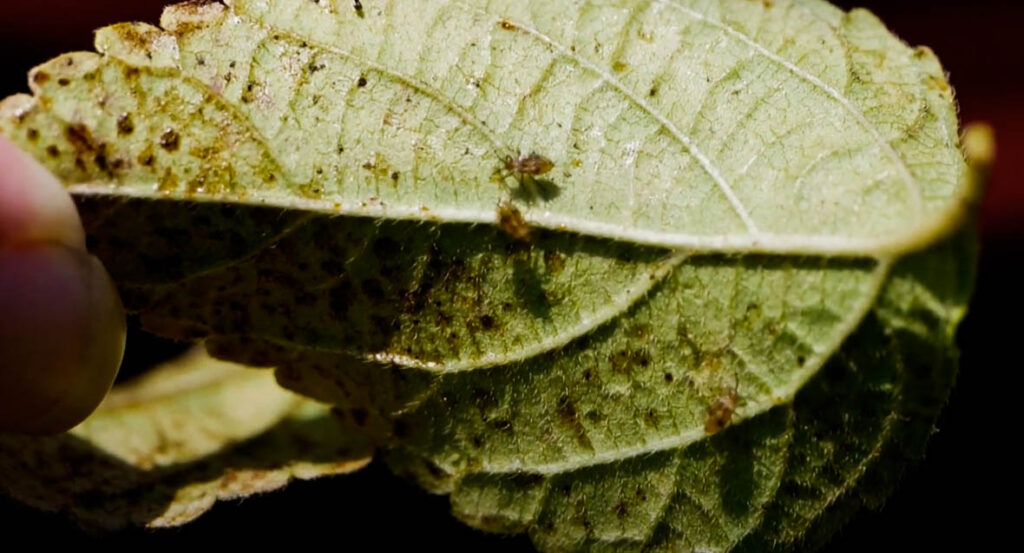
Behavior
One of the most unique behavioral characteristics about the lace bug is the way in which they feed on plants. This process of feeding is actually why the lace bug can be considered a real bug. Real bugs pierce plants with their mouthparts and suck the juices out. This is exactly how lace bugs feed as well. They prefer to go after ornamental plants, however they will attack almost any green, juice-filled plant. One unique feeding habit is the tendency of the bug to feed on the bottom of the leaves, out of direct view to humans and animals. When it comes time to lay their eggs, female lace bugs will lay their eggs on the underside of plant leaves. Once these little younglings hatch, they continually eat and molt until they become mature, full-sized lace bugs.
Habitat
As is the case with a variety of insects, the lace bug always prefers to live as close to a food source as it can get. When it comes to their ideal habitat in nature, more than likely it would be in someone’s yard or anywhere they will have easy access to ornamental plants and shrubs. If the insect cannot find the perfect ornamental plant habitat, they would be very satisfied to settle in a flower or vegetable garden as well. When these little creatures get inside of a home, there is little chance they would survive long. If you happen to have indoor plants, you can expect that it would be the ideal habitat for a lace bug inside of a residence.
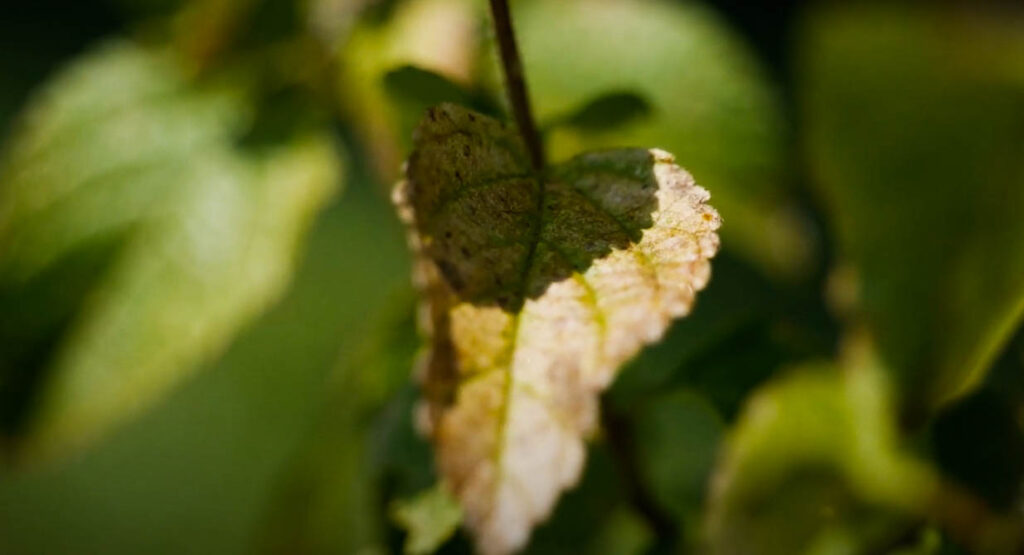
Damage They Cause
Luckily for homeowners, lace bugs cause no harm to homes or other buildings. They also are incapable of transmitting diseases to humans and pets, so there is little need to worry about a health risk. In fact, the majority of the damage that would be caused by these bugs would come in the form of damage to your plants or vegetables. When they suck out the juice of plants, it decreases the plant’s health and can eventually lead to dead parts of the plant, or even the whole plant dying. If you have ornamental trees, they will definitely do some damage to these, so it is important to pay attention to any signs of the lace bug.
Infestation Signs
It can be really hard for homeowners and gardeners to find any signs of the lace bug. This is due to a couple of reasons. The main reason is that these insects like to stay on the underside of leaves for a majority of their lives. The secondary reason is that they are very small and will not catch your eye unless you are actively searching for them. One of the first signs you will notice is pale spots on the leaves of your plants, as this is where they have locally sucked the juice from. Another sign you will see in your garden is a dark excrement that they generally release on the lower parts of the plant and the ground. Infestation signs inside of a home would be harder to notice, as it is unlikely the lace bug would live long enough to cause an infestation.
How to Get Rid of Them
If lace bugs get into your home, you probably do not have much to worry about, as they will die quickly and will not reproduce. However, if they get into your garden, you should take steps to prevent and control lace bugs as soon as possible. One of the quickest ways to get rid of lace bugs is to apply an insecticide that will kill them and prevent them effectively. A chemical- free solution to removing lace bugs is literally spraying them with a hose when they are still young (generally in the spring), as this knocks them off the plant. If you cannot get them under control or would like professional help, consider hiring a pest control expert, as they always get the problem solved quickly and effectively.

